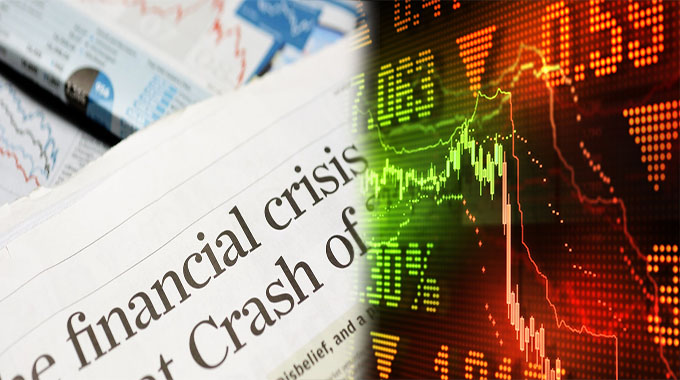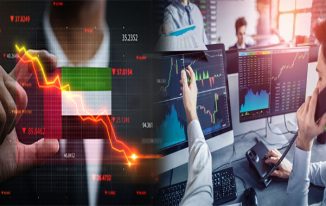The stock market is a volatile creature, and it can crash. The worst crashes in history have occurred throughout the 20th century as technology evolved and investors lost faith in the system. This list covers some of the biggest market crashes that have happened over time.
The Great Wall Street Crash of 1929
The Great Wall Street Crash of 1929 was a major stock market crash that occurred on Thursday, October 24, 1929. It began the great depression in the United States and Canada.
The crash began around 3 pm (EST) on Black Thursday and continued throughout the entire week, though prices did not reach their lowest point until Black Monday (October 28). Some stocks were up to 40% lower than they had been before the crash.
Black Monday, 1987
In 1987, the DJIA suffered its largest one-day percentage decline in history. On October 19th of that year, the market fell 22%. Over the next two days, it dropped another 30%. The crash cost investors US$500 billion in total and caused widespread panic across Wall Street and Main Street alike; but what was it?
The answer was a combination of factors: an economic slowdown in Japan led to concerns about America’s economy; many investors were betting on rising interest rates (which would make borrowing money more expensive); some traders were making risky trades based on insider information; and many people simply saw their portfolios shrink as they tried to sell off stocks before they lost even more value than they already had lost during this period of time when stock prices were dropping rapidly.”
The Dot-Com Bubble Burst, 2000
The dot-com bubble burst in 2000, when many internet companies went public with very little revenue and were valued based on their potential rather than profits. Investors were eager to invest in these companies because they saw them as the future of business, but many turned out to be frauds or scams that couldn’t make money.
The market crashed after the tech bubble burst, sending stocks down by 50% over two years before they recovered again.
Asian Financial Crisis, 1997-1998
The Asian Financial Crisis was a financial crisis that started in Thailand in 1997. It spread to other countries in Asia, including Indonesia and South Korea, as well as Russia. The crisis was caused by the lack of regulation and poor economic policies. Many companies collapsed because they had too much debt and could not pay back their loans when they became due (called “defaulting”). This led to billions of dollars being lost by investors who had bought these bonds from banks or governments that issued them.
Oil Crisis of 1973
The oil crisis of 1973 was a result of the Yom Kippur War and the Arab-Israeli conflict. OPEC, an organization that controls oil prices and production levels in member countries, increased their prices fourfold in just 18 months. This resulted in a recession and high inflation for many countries around the world.
Recession of 1873
The economic collapse of 1873 was caused by a number of factors, including high interest rates and banks over-speculating. Banks were also failing due to their refusal to pay out gold from their reserves. This led to a drop in stock prices as well as agricultural products like cotton and wheat. Finally, Jay Cooke & Company collapsed when its loans went unpaid; this sent shockwaves through the economy that sparked bank runs across America.
Recession of 1937-1938
The stock market crash of 1929 was a result of the Great Depression, which began in 1929 and lasted until the early 1940s. The recession lasted for two years and was one of many financial disasters that occurred during this time period.
The stock market is volatile and can crash.
The stock market is a volatile and can crash. It’s important to know that while the stock market tends to recover after a crash, it could take years for it to do so.
A stock market crash can be caused by a number of factors, including:
- A sudden loss of confidence in the economy or its institutions
- An unexpected change in interest rates that causes people to pull their money out of the market because they think interest rates will rise further (this happened during the 2007-08 Great Recession)
The stock market is volatile and can crash. The world has seen many stock market crashes throughout history, but the most recent one to strike was in 2008 when the Dow Jones fell by over 20%. This is why it’s important for investors to understand how their investments work so they can avoid getting caught up in these catastrophic events.













